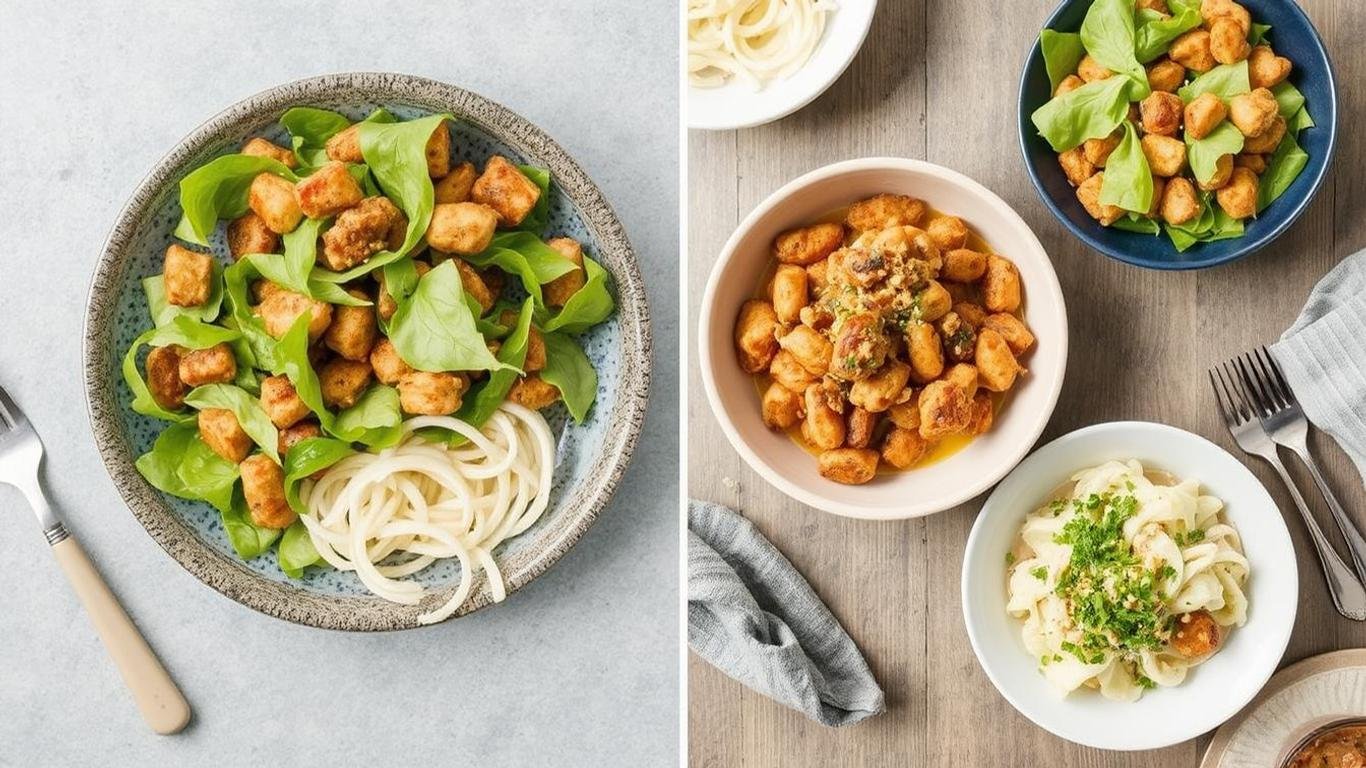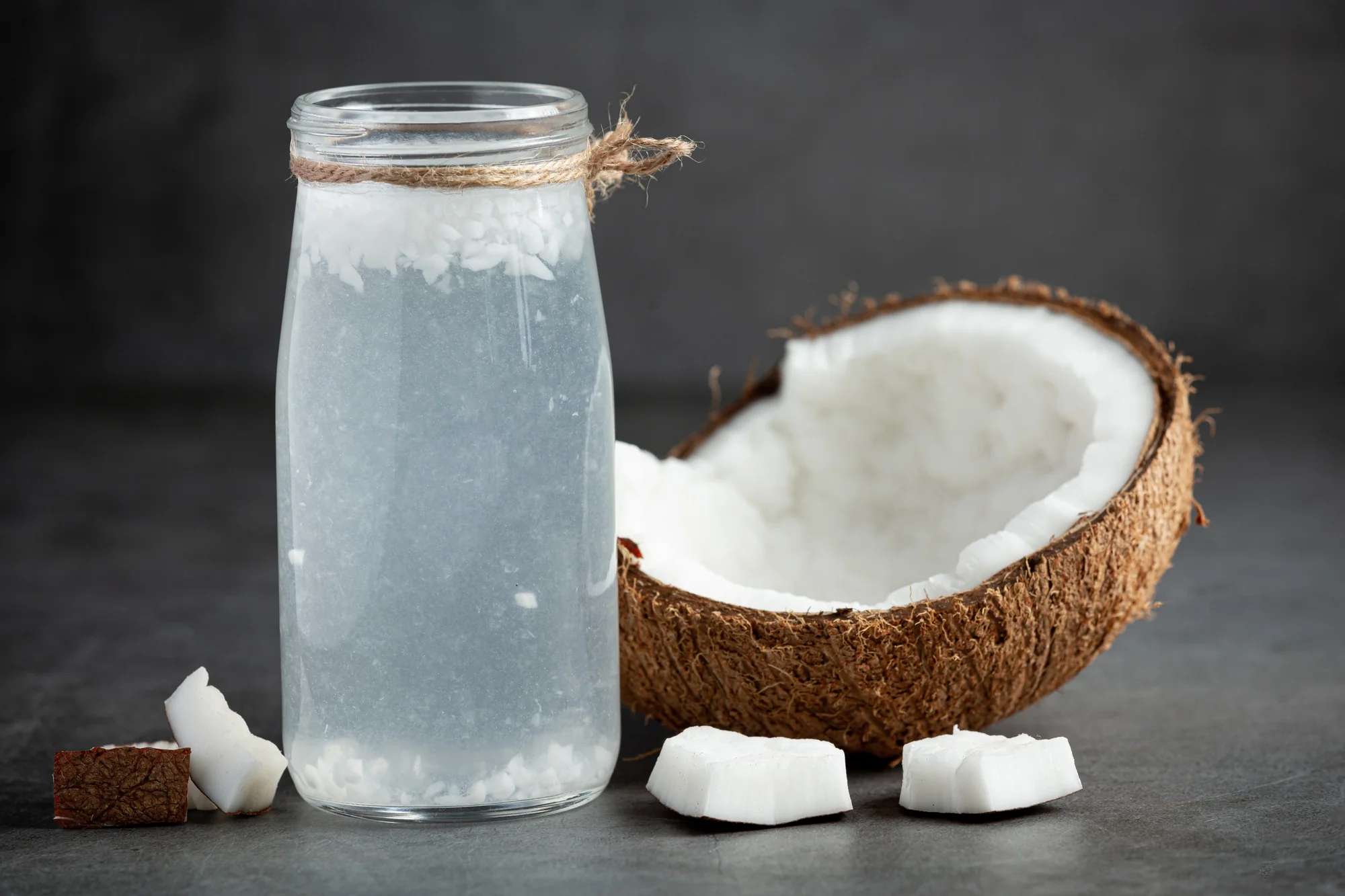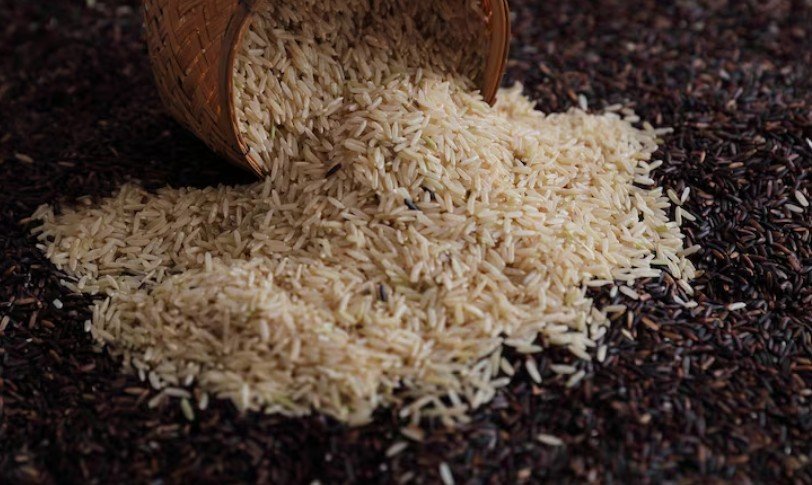Sandwiches are present in almost every diet because of their ease of use, adaptability, and variety of tastes. They often seem the easiest and quickest means of feeding, but unfortunately, that is not always the case; some sandwiches are nutrient deficient with wrong ingredients, making it a concealed source of excessive calorie, sodium, and unhealthy fats.
However, with just a few mindful choices, it becomes a balanced, wholesome option that supports your health goals. If you’re prepping lunch for work, grabbing a sandwich on the go, or cooking at home, knowing exactly what to include- and what to avoid- can make all the difference.
In this blog, we’ll explore eight fundamental dos and don’ts to help you build a healthier sandwich without sacrificing taste or satisfaction. Let’s bite into smarter sandwich choices.
Top 8 Healthy Sandwich Dos and Don’ts
A sandwich can be one of the healthiest meals in your day-or a sneaky source of excess calories, sodium, and saturated fats. Whether you’re grabbing a quick lunch or building a meal at home, now is the time to make smart decisions that will allow you to enjoy your sandwich without compromising your health goals.
Here are eight crucial dos and don’ts that will keep your sandwich delicious and nutritious. So, keep an eye on this page to reveal the notion.
4 Dos for a Healthy Sandwich
1. Load It with Fruits or Veggies
One of the easiest, most delicious things to do with any sandwich to boost nutrition-wise is to stack fresh fruits or vegetables on top. Leafy greens, such as spinach, arugula, or romaine lettuce, provide fiber and necessary vitamins; sliced tomatoes, cucumbers, bell peppers, and onions add crunch, hydration, and antioxidants. You can also get creative, thinly sliced apples or pears pair well with turkey or chicken; mashed avocado or roasted red peppers add healthy fat and flavor.
They not only enrich in taste and texture but also go a bit further, and with the fiber and water content in them, make you feel fuller longer. In addition, increasing the number of vegetables consumed throughout the day can help support everything from digestion to immune health.
If you want to consume nutrient-enriched sandwiches, then you must visit Steroid Café and enjoy the healthy food.
2. Go with lean protein
The type of protein you choose greatly affects the health profile of your sandwich. So go ahead and pick something lean for your proteins: grilled chicken breast, turkey, canned tuna in water, hummus, or even hard-boiled eggs. All are rich in iron, B vitamins, and other nutrients, while being low in saturated fat and sodium compared to standard deli meat.
Plant-based proteins, such as tofu and tempeh, or a spread made of legumes, such as a chickpea salad, also make excellent heart-healthy choices that work toward lowering cholesterol levels. Lean proteins will just give your sandwich more sustenance and also help build and repair muscle, particularly useful for active individuals or those trying to shed some pounds.
3. Choose whole-wheat bread
Whole-wheat bread is a sandwich’s basic ingredient, and always the right choice can create a huge nutritional difference. Whole wheat or whole grain contains far more fiber, vitamins, and minerals than white bread, produced with refined flour, whose inherent goodness gets stripped off. The fiber contained in whole grains aids in digestion, regulates blood sugar, and thus benefits cardiovascular health.
Look for breads in which “whole wheat” or “whole grain” is the first ingredient on the label, with no added sugars or artificial preservatives. Whole grain wraps, pitas, and sandwich thins are also great alternative options for those looking for variety or to cut calories. Making this very simple switch will make your sandwich a much more balanced and energizing meal.
4. Eat a smaller sandwich
Portion control is often downplayed, but measure that can make or break a healthy diet. The healthiest of sandwich fillings piled too high can lead to one hefty doozy of a calorie bomb. Try open-faced sandwiches, slices of smaller bread, or simply having half a sandwich with a salad or side of fresh fruit to keep calories in check.
This way, you can taste and enjoy everything you love but will not feel weighed down afterward. Eating smaller portions also allows your body time to recognize when full, thus decreasing that tendency to eat mindlessly. Just keep in mind: balance; you can have a big sandwich by controlling your overall intake.
4 Don’ts for a Healthy Sandwich
5. Don’t load up on cold cuts
Cold cuts are salty and convenient, and they taste great. Most are rich in sodium, preservatives like nitrates, and unhealthy saturated fats. All these factors have put processed meats in the risk zone for diseases like heart disease, hypertension, and some cancers. If you consume them, look for deli meats with reduced sodium and use them sparingly.
The better option is to prepare your chicken, turkey, or roast beef at home and slice it thin for a fresh and healthy alternative. This way, you have better control over what goes into your food and avoid additives that are just unnecessary. A good rule to follow is to treat processed meats as a treat for special occasions, not something you eat every day.
6. Don’t load up on Cheese
Cheese may lend richness and flavor to your sandwich, yet at the same time, it is a significant source of saturated fat and calories. Smothering your sandwich with slices or using high-fat cheese can easily convert an otherwise healthy sandwich into a high-fat meal. If you love cheese, have one slice of a strongly flavored cheese, such as sharp cheddar or Swiss, so you can use less yet have all the flavor.
Stuff something light instead, like low-fat mozzarella, or pass on the cheese altogether and reach for some flavorful spreads, like mustard, hummus, or avocado. These will impart creaminess and flavor without the excess fat. Being aware of how much cheese one uses can go a long way in helping to keep the sandwich lighter and more heart-healthy.
7. Don’t layer on the Bread
White bread may feel soft and comfortable, but it is low on the nutrition scale. White bread is made from refined flour that has lost the fiber and nutrients of whole grains and can cause rapid spikes in blood sugar. Regularly consuming refined carbohydrates has been associated with an increased risk of type 2 diabetes, obesity, and metabolic syndrome.
Always choose whole-grain or sprouted-grain bread over white bread, as these will be digested slowly and keep you feeling satisfied for longer. For those with gluten intolerance, whole-grain gluten-free substitutes like brown rice wraps or quinoa bread can be smart alternatives. With this little change, you increase the quality of your sandwich without sacrificing taste and satisfaction.
8. Don’t overdo grilled Sandwiches
Grilled sandwiches, like paninis or melts, may seem healthy depending on the filling, yet grilling is often accompanied by butter, oil, or mayonnaise to crisp the bread, adding unwanted fat and calories. Another nutritional downside is melted cheese and processed meats, which tend to dominate the grilled options.
For those of us who like warm sandwiches, try either toasting the bread without oil or using a fat-free sandwich press. You can choose to oven-roast the filling and assemble the sandwich warm. Do not overdo grilling; this way, it allows you to maintain the nutritional integrity of your ingredients while avoiding hidden calories that can come into otherwise nutritious fare.
Ready to Try a Healthy Sandwich
A sandwich doesn’t have to be a nutritional gamble. With thoughtful ingredient choices and smart preparation techniques, it can be a wholesome, satisfying meal that fuels your body and supports your health goals. By loading your sandwich with fresh fruits and vegetables, choosing lean proteins, going for whole-wheat bread, and watching your portion sizes, you lay a strong foundation for healthy eating. So, don’t wait and intake a healthy diet and sandwiches from a renowned café near you.
Read more relevant articles on techners.net.
















Leave a Reply